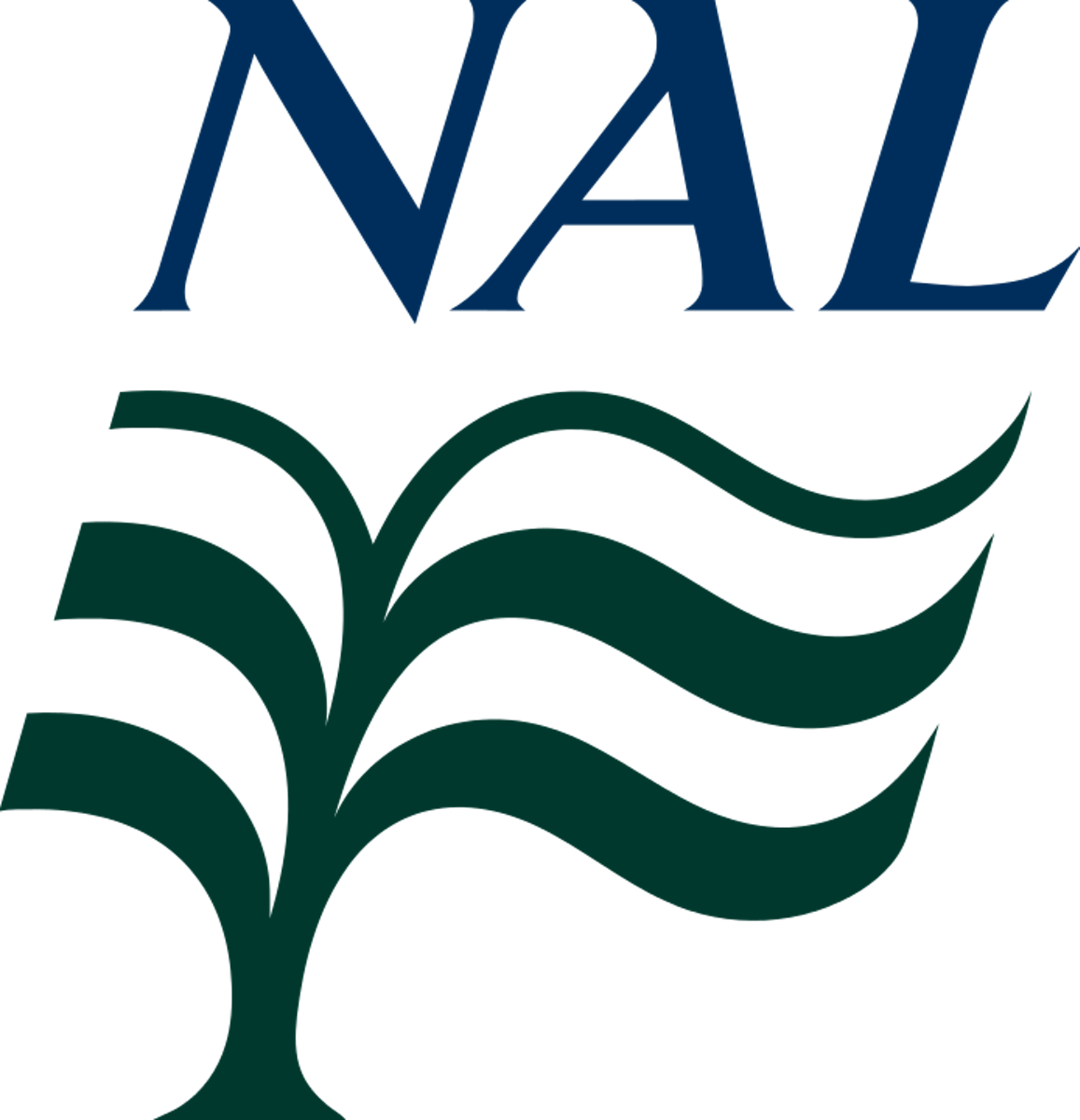
53 Stations of the Tōkaidō as Potted Landscapes (1848)
Connecting Edo (now known as Tokyo) to Kyoto, the Tōkaidō road was the most important of the "Five Routes" in Edo-period Japan. This coastal road and its fifty-three stations has been the subject of both art and literature, perhaps most famously depicted by the Japanese artist Utagawa Hiroshige in his The Fifty-three Stations of the Tōkaidō, a series of ukiyo-e woodcut prints created in the 1830s. This book from the mid-19th century, Tokaido Gojusan-eki Hachiyama Edyu, presents a series of fifty-three prints created by a relatively obscure ukiyo-e artist named Utagawa Yoshishige, each illustration depicting a Tōkaidō station in the form of a potted landscape. The preface tells us that the illustrations are based on actual pieces constructed by the preface writer’s father, Kimura Tōsen. Creating the models in 1847, a year before publication, Tōsen commissioned Utagawa Yoshishige to make illustrations of each model for a book through which he could share them with the world, and (due to his modesty) asked his son to write the preface.
There are two main arts of the potted landscape in Japanese tradition - saikei and bonkei. Similar to the practice of bonsai, saikei is the art of creating tray landscapes, combining miniature trees with rocks and water as well as other vegetation, while bonkei is a permanent tray landscape in which no living materials are used. While saikei landscapes feature only scenes of nature, a bonkei can feature people or buildings, with mountains made out of rocks and sculptable materials such as papier-mâché. It seems that these landscapes created by Kimura Tōsen are the latter.
Although this copy of the book held by the USDA states the date publication as 1848, it is most likely a post-Edo reprint (post-1868) as the publisher’s location is given as Tokyo City, Kanda Ward — both terms from after the implementation of Meiji government.
Many thanks to Stephen M. Forrest, Senior Lecturer in Japanese Language and Literature at University of Massachusetts Amherst, for his help in translating the preface and offering other valuable information about the book.
Mar 26, 2015









